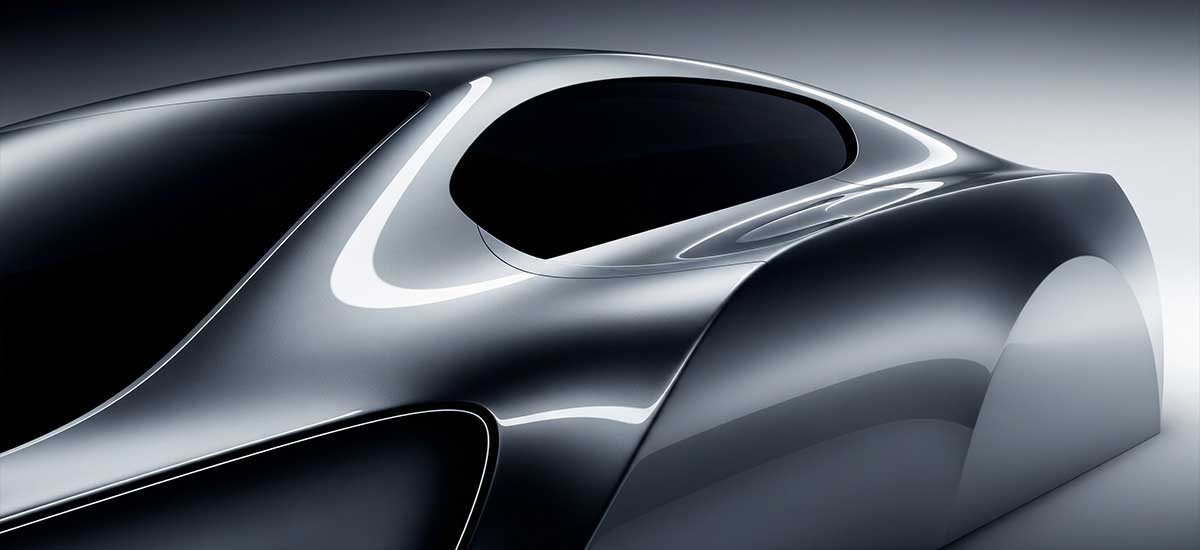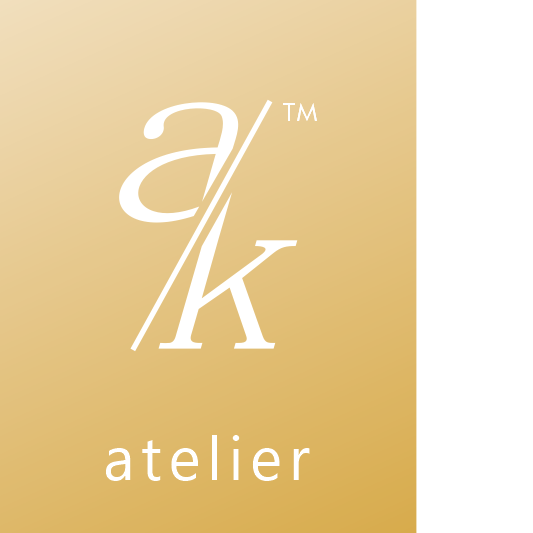
3D Thinking: How to Train the Eye and Brain for Form Precision
In industrial design, transitioning from 2D aesthetics to 3D form mastery is a critical evolution. Flat surfaces become volumes, outlines become silhouettes, and lines give way to curves that speak to both function and emotion. But achieving form precision isn’t simply a matter of mastering software. It’s a way of thinking—training the eye and brain to perceive depth, movement, tension, and harmony in space.
At Air/Kraft Atelier, we approach form as more than geometry. It is the physical embodiment of intent, beauty, and utility. In this article, we explore the psychological and technical journey from surface to volume, and how designers can sharpen their 3D thinking to produce forms that feel both engineered and emotionally resonant.
1. Introduction: The Shift from Surface to Volume
Designers with a strong 2D foundation often face a perceptual gap when entering the 3D realm. What appears beautiful on paper may lack tension or balance when sculpted in CAD. This happens because the eye trained for outlines must now evolve to see continuity, shadow flow, and surface transitions.
To truly control form, a designer must see not just what is there, but what curves imply, how light will interact, and how surfaces behave in real-world contexts.
2. Understanding the Brain’s Spatial Model
The human brain processes 3D form through layers of perception. Gestalt psychology tells us that we interpret shapes as wholes, not just the sum of lines. Depth, proximity, and continuity shape how we understand volumes.
3. From Sketch to Form: Retraining Perception
Beautiful sketches don't always translate to successful products. 2D illustrations often exaggerate perspective or simplify tension lines in ways that break down in 3D. Instead, train your sketches to reflect mass and volume.
Exercise: Try sketching a shampoo bottle as a lofted blend between ellipses, not as an outline. Then CAD it and compare proportions.
4. Key Principles of Form in 3D Design
Mastery in 3D means mastering these foundational ideas:
5. Tools That Enhance 3D Thinking
While tools don’t define the designer, they shape how we think. Understanding their strengths is key:
Analysis tools like zebra mapping, curvature graphs, and draft angle checkers help assess the quality and manufacturability of surfaces.
Air/Kraft Atelier Tip: We use Rhino + SubD for rapid form exploration, then Alias or Fusion for surfacing precision.
6. Training the Eye: Observational Form Analysis
Before you sculpt, study. Reverse-engineering good form builds a designer’s intuition.
7. Mental Models & Design Thinking in 3D
8. Bridging the Emotional and the Functional
Great 3D form blends logic and emotion:
Play with asymmetry, tension lines, and shadow placement to sculpt emotional resonance.
9. Common Pitfalls When Transitioning from 2D to 3D
10. Exercises to Train Your 3D Thinking Muscle
10-Day Form Challenge:
Use the “Sketch-over-render” method in Procreate or Fresco to overlay improvements.
11. How AI Can Assist in Form Learning
But remember—AI can’t feel weight, context, or emotion. Use it as a springboard, not a substitute.
12. Closing: The Designer’s Eye as a Form Instrument
Mastering 3D form is not about software alone—it’s about observation, patience, and intentional practice. The eye that sees volume, the hand that balances tension, and the mind that understands shadow are what make a form sing.
The designer’s eye is an evolving instrument. Train it, challenge it, and it will reward you with form fluency that no algorithm can replicate.
Want to refine your form fluency? Connect with Air/Kraft Atelier for workshops, design partnerships, or one-on-one mentoring. Let’s shape tomorrow’s products with form precision and creative depth.

